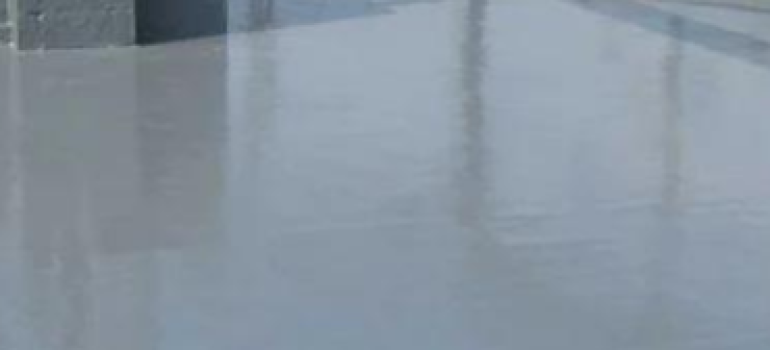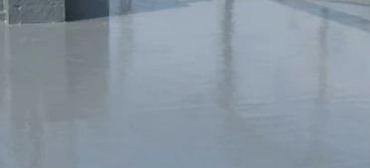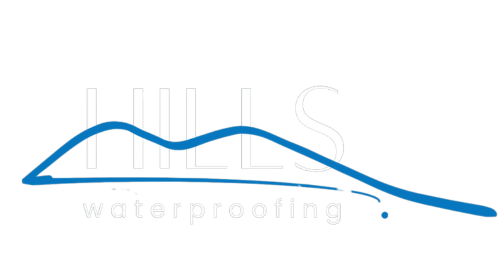- Hills Waterproofing
- Remedial Waterproofing
Remedial Waterproofing

Remedial Waterproofing
Remedial waterproofing involves the repair and enhancement of existing waterproofing systems that have failed or deteriorated over time. This process addresses issues such as leaks, water infiltration, and moisture damage that can compromise the structural integrity and safety of a building. It includes techniques like reapplying membranes, injecting sealants, and repairing damaged surfaces.
Remedial waterproofing is essential for extending the lifespan of older buildings and preventing further damage. It also helps improve the building’s energy efficiency by eliminating moisture ingress. Regular inspections and timely remedial waterproofing can save property owners from costly repairs and potential health hazards caused by mold and mildew. This proactive approach ensures that the building remains safe, dry, and structurally sound.
What Are The Benifits
Remedial waterproofing restores the integrity of existing waterproofing systems, preventing further water damage and extending the lifespan of buildings. It also enhances energy efficiency and safeguards against mold and mildew growth.
- Repairs existing waterproofing systems, ensuring effective protection against water infiltration.
- Prevents further damage, prolonging the building's structural integrity and durability.
- Eliminates moisture ingress, improving insulation and reducing energy costs.
- Remedial waterproofing prevents mold and mildew growth, ensuring a healthier living environment.


Remedial waterproofing is crucial for maintaining and restoring the effectiveness of waterproofing systems in older or damaged buildings. By addressing leaks and moisture issues, it prevents costly structural repairs and health hazards associated with mold. This proactive maintenance ensures a safe, dry, and energy-efficient environment for occupants.
Any questions? We're here to help
What is remedial waterproofing, and when is it needed?
Remedial waterproofing involves repairing and enhancing existing waterproofing systems that have failed or deteriorated. It is needed when there are signs of leaks, water infiltration, or moisture damage that compromise the building's integrity and safety.
How does remedial waterproofing differ from initial waterproofing?
Initial waterproofing is applied during the construction of a building to prevent water ingress from the start. Remedial waterproofing, on the other hand, focuses on fixing and improving existing systems that have become ineffective over time due to wear, damage, or improper installation.
Can remedial waterproofing be done without major disruptions to building occupants?
Yes, remedial waterproofing can often be performed with minimal disruption to occupants. Professionals typically work in phases and use quick-drying, non-toxic materials to ensure the safety and convenience of those living or working in the building.

